AI in Southeast Asia: Are jobs being replaced? Not quite yet, but an uncertain future beckons
From hospitals to call centres - artificial intelligence is raising concerns and hopes with its impact on the future of work. In the latest of a regular series examining AI's development in the region, CNA finds out what workers need to do to stay relevant.
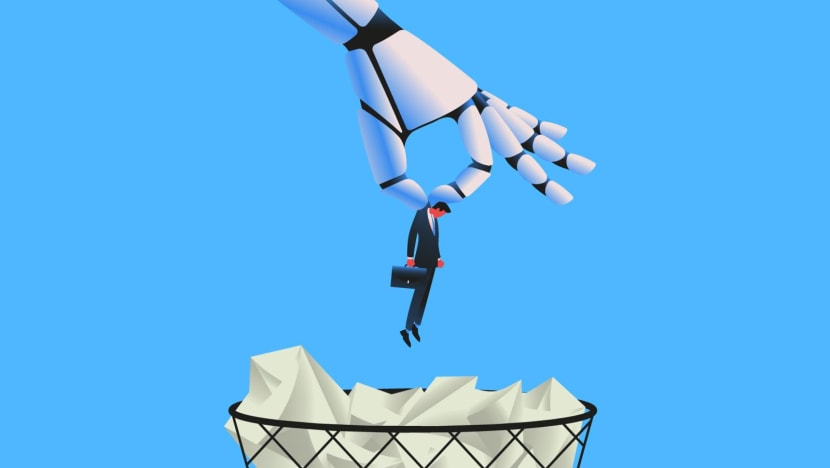

This audio is generated by an AI tool.
SINGAPORE: Like many other nurses in Southeast Asia, Mr Muhammad Asyraaf bears the brunt of the perennial manpower crunch in the healthcare industry.
“Nurses have so much to do. We are always running around … and just rushing for time,” said the 25-year-old senior staff nurse, who works in a Singapore hospital.
The shortage of doctors and nurses in the region is well documented. In Java, Indonesia, for example, there are approximately only 22 medical specialists for every 100,000 residents, according to state news agency Antara.
Meanwhile, Thailand reportedly sees up to 7,000 nurse resignations at state-run hospitals annually despite a yearly increase of 10,000 new nursing graduates.
The typical result is a heavier burden for healthcare workers who stay on as they hold the fort.
This is where artificial intelligence (AI) can lighten the load - and it’s already being put into action, be it handling administrative tasks or expediting health screenings.
But even as AI shapes up to be a remedy for the overworked, concern is also growing over its rapid advance. A key worry often voiced is: “Will AI steal our jobs?”
To Mr Asyraaf, the answer is no. “AI can never take over what we're doing because our work as nurses involves feelings; it involves a human touch. These are things that AI can never do,” he stressed.

This sentiment is shared by call centre agents in the Philippines, even as worries mount that generative AI will replace the roughly 1.6 million workers in the wider business process outsourcing (BPO) industry.
Currently, jobs around the world are enhanced rather than threatened by AI, said Dr Pranpreya Sriwannawit Lundberg - the Director of International Policy Partnership at the Office of National Higher Education, Science, Research and Innovation Policy Council (NXPO) in Thailand.
But this could change by 2040, when the capabilities of AI become equivalent to those of humans, she warned.
“Within these two decades, we have to learn how to live with and utilise AI so that it benefits rather than controls us,” said Dr Lundberg.
HIGH-TECH HELP FOR HEALTHCARE WORKERS
After more than three years of working as a nurse in the fast-paced general surgical high-dependency unit, Mr Asyraaf told CNA that his compassion in nursing is slowly dwindling.
He cited the various administrative tasks that nurses must do, such as drafting shift handover notes and writing up patient risk assessments, all taking up time which could be better spent tending to patients.
“There’s no sincerity sometimes when we are doing our work because we are just rushing. There's always no time for us to sit down with the patient and talk to them. I guess that's not a nurse’s role anymore,” said Mr Asyraaf.
He hopes AI can eventually handle all the administrative and routine tasks, so nurses like him can do more to help patients emotionally and psychologically.
Many AI tools developed for the industry are precisely aimed at taking on such “tedious tasks” so as to ease the heavy workload of health workers, said Dr Feng Mengling, an assistant professor at the Saw Swee Hock School of Public Health in Singapore.
“(This is) so they can have more time to provide personal care for the patients,” he added.
In the region, healthcare institutions like the Siloam Sri Wijaya Hospital in Palembang, Indonesia and the National Kidney Transplant Institute (NKTI) in Manila, Philippines have incorporated an AI chat assistant in their daily operations.
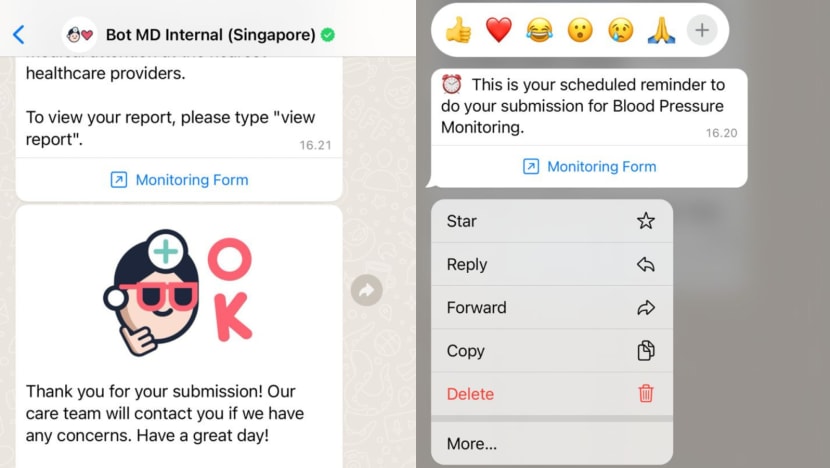
Dr Romina Danguilan, the Deputy Executive Director for Medical Services at NKTI, told CNA the high-tech tool has replaced about 80 per cent of the work of contacting patients and doing follow-ups in the hospital’s peritoneal dialysis division.
“(Through weekly checkups with patients), the bot has prompts to ask the patients how they're doing and how they're feeling. A lot of manpower has been freed now.
“The wonderful thing is that the medical personnel can still evaluate by reading through the answers that patients give and act on it if needed,” said Dr Danguilan.
.png?itok=UXiHWmQw)
At Siloam Sri Wijaya Hospital, the AI chat assistant does the work of sending out reminders to parents about their babies’ vaccination appointments.
“We have a lot of babies born in the hospital. Probably more than 100 babies in a month so it’s really hard for us to keep track of each and every one of them,” said hospital chief executive officer (CEO) Dr Bona Fernando.
“In Indonesia, we have a strict vaccination schedule every month for babies (until they are) two years of age. So we just copy that calendar and put it into the AI, (which will then) automatically send the reminders.”
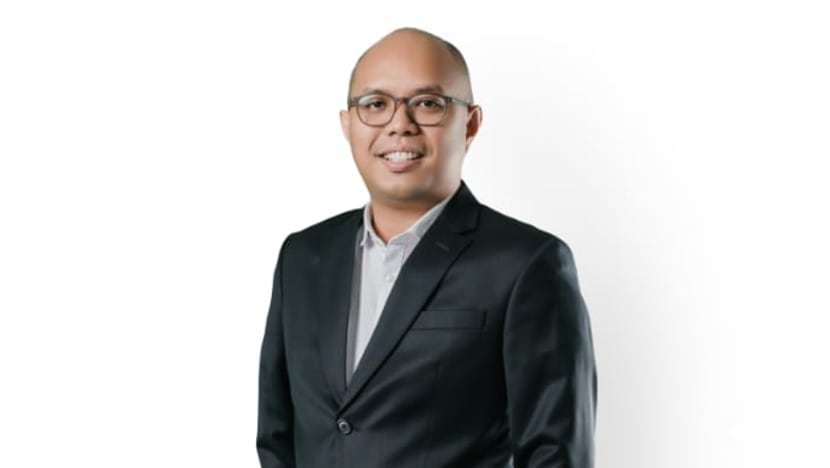
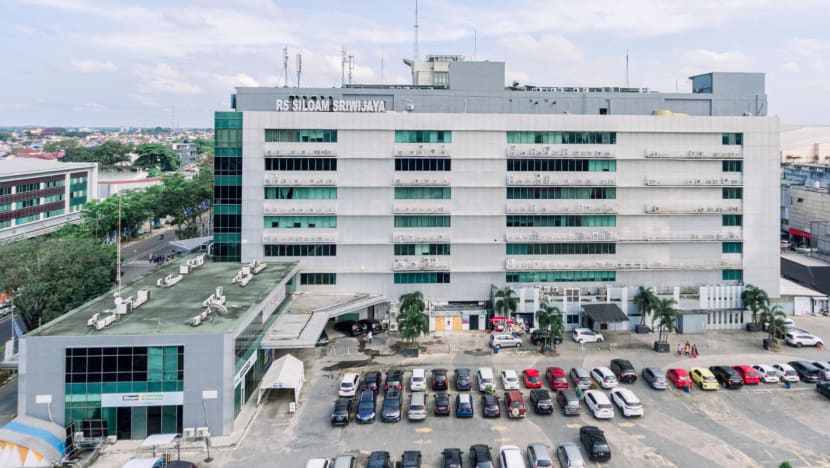
The AI chat assistant in question is the creation of Singapore-based company Bot MD. It’s used by some of the largest public and private hospital and clinic groups globally and in the region, including Singapore General Hospital, Siloam Hospitals, and Philippines General Hospital.
Another AI tool called FxMammo - created by Singapore-based company FathomX - hopes to address the shortage of radiologists in the region and ease their workload.
FxMammo utilises AI to detect breast cancer based on mammography images. “Our AI reads (the mammography scans) and tells you … the probability of cancer and exactly where to find it,” said FathomX CEO Stephen Lim.
He pointed out that AI is desperately needed for radiologists, especially in dealing with breast cancer.
“For example, for every 100,000 women, Singapore has 6.5 radiologists while Malaysia has 1.9 radiologists.
“The fact of the matter is that there's not enough radiologists. We need AI to come and help; they are not meant to take over the radiologists,” said Mr Lim.
With the help of FxMammo to screen the mammograms, the radiologists improved in their detection of breast cancer, he said, leading to about a fifth of time saved on average.
.jpg?itok=kamhQczR)
AI NOT SET TO FLATLINE HEALTHCARE CAREERS
Although AI can and has already taken on some tasks of healthcare workers, experts told CNA these workers are not in danger of losing their jobs anytime soon.
“We are looking at a shortage of healthcare workers globally. This is the phenomenon, rather than physicians and healthcare workers losing their jobs,” said Dr Feng from the Saw Swee Hock School of Public Health.
He added that the COVID-19 pandemic further emphasised the labour crunch. “Even Singapore, a very well-off country, just can’t train or hire enough nurses or doctors for such a crisis.”
In the case of radiologists, Dr Feng told CNA greater demand for them in the region is to be expected in the next 10 years, especially in the face of an ageing population.
“I work with a lot of radiologists and the common feedback is that they are worried their workload is going to increase dramatically and that they won’t be able to handle it anymore.”
“There will be an even greater demand for them (in the future). I just don’t see them being in danger of losing their jobs,” he said.
FathomX CEO Mr Lim said that while AI can do certain base tasks, it can never surpass a healthcare worker’s know-how, views, passion and critical thinking skills - all of which are crucial to quality nursing and doctoring.
Similarly, Bot MD founder Ms Koh said AI can never truly replace the art of doctoring.
“For example, reading a patient’s body language or the subtle cues - these are things (that are) hard for a computer to learn but a doctor can recognise them immediately.
“We have seen many instances where patients prefer to call or speak to a human doctor or a nurse because that lends more comfort or builds more confidence in trusting the diagnosis or treatment being presented to them,” she told CNA.
WHAT ABOUT CALL CENTRE WORKERS?
While AI looks set to help rather than replace healthcare workers, the same can’t be said for other industries.
In the Philippines, the rise of generative AI has sparked worries that AI chatbots will displace call centre workers.
With generative AI, issues previously encountered - such as the perceived lack of empathy of automated chatbots - are being resolved.
In May last year, one senator called for an inquiry into the uses of AI and the potential displacement of workers, especially in the BPO and original equipment manufacturing industries.
Ms Imee Marcos cited an Oxford Economics and Cisco study, which found that digital automation could render approximately 1.1 million jobs in the Philippines obsolete by 2028.
Despite such worries, call centre workers told CNA they are not concerned about AI taking over their jobs, at least in the near future.
Ms Andie, 33, has been working as a call centre agent for 12 years in the Philippines. She noted that customers still prefer to speak to a live agent instead of an AI chatbot, especially when it comes to more complex issues like billing or technical issues.
“They want a detailed explanation regarding their bills or they want to be walked through on certain technical issues,” explained Ms Andie.

People who are looking to enter the BPO industry are also unfazed by AI.
“As far as I know, the job becomes easier when it is done by chatbots or AI technology,” said Ms Angeline Panerio, 19, who has been job hunting since August last year.
India-based AI chatbot company Haptik said that it views the BPO market “through a lens of complementarity rather than replacement”.
“AI tools in Haptik's vision are designed to work … with human agents (by) handling routine tasks, thereby allowing human representatives to focus on more complex … interactions that require a personal touch,” said Haptik’s director of growth, Ms Nameer Khan.
She added that there is also significant potential for collaboration between BPO call centres and enterprise AI assistants like Haptik.
Ms Khan noted that one possibility is by using generative AI to interpret the customer’s text, tone, and voice in order to analyse real-time customer sentiment and help contact centres identify and address customer concerns.
BPO firms themselves have also incorporated AI into their businesses. Among them is Concentrix, one of the biggest BPO companies in the Philippines.
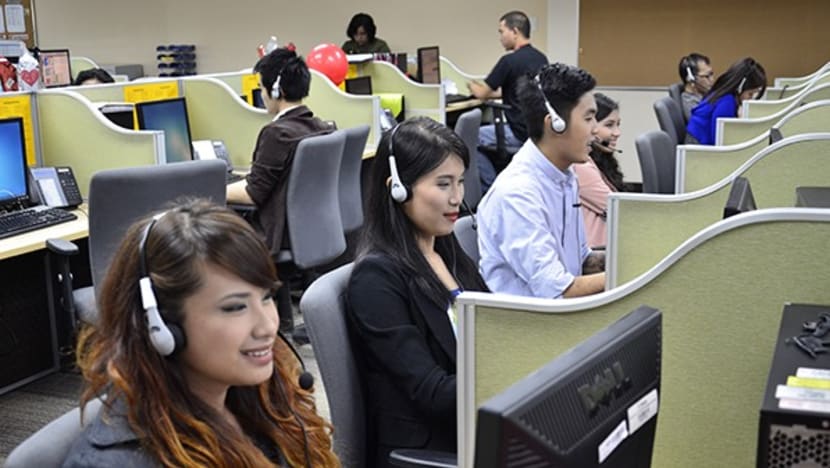
Mr Amit Jagga, senior vice president and country leader of Concentrix Philippines, told CNA it uses AI to improve its advisors’ accuracy and productivity as well as to create more personalised and meaningful customer experiences.
He brought up an example where a technology company’s support advisors were struggling to navigate a complex landscape of products.
“We developed a generative AI application in just three weeks that allowed them to swiftly tackle technical queries with AI assistance.
“Advisor productivity soared by 65 per cent and query response times were slashed by four minutes, resulting in better customer experience as well as substantial cost savings,” he said.
When asked if Concentrix has had to hire fewer people over the years due to the rise of AI chatbots, Mr Jagga said this was not the case, adding that Concentrix in the Philippines continues to grow.
“The human touch remains invaluable, especially in complex and emotionally sensitive situations. It is the combination of AI and the human touch that results in superior customer experience,” he said.
Mr John Maczynski, the co-CEO of BPO advisory firm PITON Global, told CNA that human workers remain invaluable as they can offer empathy, which is something that AI can’t do.
“This human ability to genuinely understand and share the feelings of another person is something AI hasn't been able to achieve.
“AI might be getting better at many things, but when it comes to the complex, and often messy, world of human emotions and subtleties, it still has a long way to go,” he said.
JOBS COULD BE AT RISK BY 2040: EXPERT
As it stands, AI does not pose an imminent threat to workers’ livelihoods - at least in Southeast Asia’s healthcare and BPO industries.
But this could change by 2040, one expert warns.
Dr Lundberg noted that the world is currently at the first stage of AI - known as weak AI - where humans have more logic than AI. At this stage, AI is able to enhance the work of human workers and acts as an aid, she said.
However, at the second stage - known as strong AI - where AI has a human level of cognition, jobs will be at risk.
“There is already strong prediction that the second stage will arrive in two decades,” said Dr Lundberg.
As AI rapidly evolves, the race for regulation is on, with action being taken at global and national levels to avert the risks while hopefully reaping the rewards.
When asked if the development of AI should be regulated in favour of the livelihoods of human workers, Dr Lundberg noted that while this is an ideal scenario, the rapid growth of AI has outpaced the setting of rules.
“Regulation has to go hand in hand with technological progress but the private sector, where technological progress occurs, will not wait.
“What we could do is to accelerate the government side (so that it catches up with the private sector). We cannot slow down the private sector; it’s opposite from development,” said Dr Lundberg.
To survive in the strong AI phase, workers should also constantly upskill, reskill, and gain basic digital literacy.
For those already proficient with basic technology, they need to focus on upskilling and reskilling, said Dr Lundberg, noting that there are already various government-led initiatives in the region.
Singapore launched an updated version of its national AI strategy last month. Among its plans - a tripling of its AI talent pool, and significant investments in adult education and training to reskill and upskill workers.
In Thailand, the government has introduced a tax subsidy programme for companies that offer upskilling and reskilling courses.
PITON Global co-CEO Mr Maczynski strongly supports the idea of the government stepping in with measures to build a tech-inclusive workforce in the Philippines.
“Initiatives like tech training programmes, motivating companies to maintain a balance between AI and human staff, and policies that encourage continuous learning and skill development are essential,” he said.
Meanwhile, Dr Feng noted that many AI applications, like ChatGPT, are relatively accessible and should be used by workers to familiarise themselves with AI.
“A lot of the solutions are free. Others may (cost) about S$20 a month, so you could just pay … and try it for a month so that you know and experience firsthand how the AI behaves, what it feels like when the AI gets something right or wrong, and how impressive it is.
“We feel scared of things that are unknown but once you interact with it, then … you are no longer so fearful of the technology,” said Dr Feng.
He also highly recommends that AI technology be part of the regular curriculum in schools.
“Some training is required but not to a level where (they should) … suddenly become a programmer (and) start developing AI solutions.
“I foresee by the time they graduate that it’ll be part of everyone's life,” Dr Feng said.
“It’ll be a common technology that in many scenarios, they will have to use.”























